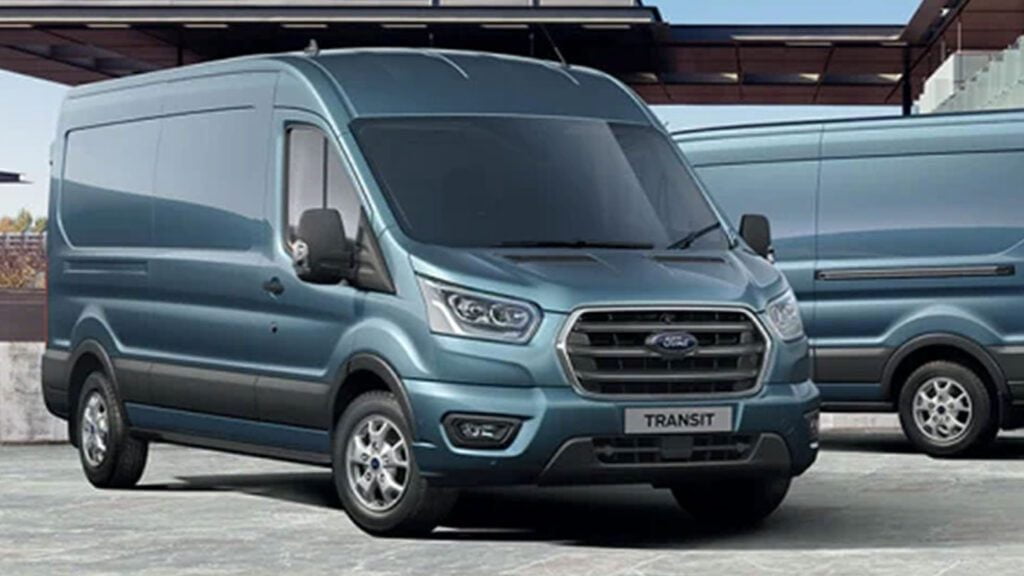Introduction:
Commercial vehicles play a pivotal role in the global economy, facilitating the movement of goods and people across vast distances. From the humble beginnings of horse-drawn carts to the sophisticated fleets of today, the evolution of commercial vehicles has been a fascinating journey, reflecting advancements in technology, transportation infrastructure, and the changing needs of societies worldwide.
Historical Perspective:
The history of commercial vehicles can be traced back to the 18th century when horse-drawn wagons were used for transporting goods. The advent of the steam engine in the 19th century marked a significant turning point, leading to the development of steam-powered trucks and buses. However, it was the internal combustion engine that truly revolutionized the commercial vehicle industry in the early 20th century, providing a more efficient and versatile means of transportation.
The Rise of the Automobile Industry:
The early 20th century witnessed the rapid growth of the automobile industry, with manufacturers like Ford and General Motors making significant contributions to the commercial vehicle sector. The mass production of trucks and buses became more streamlined, allowing for increased accessibility and affordability. This paved the way for the widespread adoption of commercial vehicles in various industries, transforming the landscape of transportation.
Diverse Types of Commercial Vehicles:
Commercial vehicles encompass a wide range of types, each designed to fulfill specific transportation needs. Trucks, ranging from small delivery vans to heavy-duty haulers, form the backbone of goods transportation. Buses, both public and private, provide essential passenger services. Specialized vehicles, such as ambulances, refrigerated trucks, and construction vehicles, cater to specific industries, highlighting the adaptability and versatility of commercial vehicles.

Technological Advancements:
The 21st century has witnessed a surge in technological innovations within the commercial vehicle sector. The integration of GPS systems, telematics, and advanced safety features has enhanced efficiency, safety, and overall performance. Electric and hybrid commercial vehicles have gained traction as the world strives towards a more sustainable future, reducing carbon footprints and dependence on fossil fuels.
Impact on Global Trade:
Commercial vehicles are the lifeblood of global trade, facilitating the movement of goods across borders and continents. The efficiency of the transportation network directly impacts supply chains, influencing the cost and availability of products worldwide. The globalization of commerce would not be possible without the seamless operation of commercial vehicles, connecting manufacturers, suppliers, and consumers on a global scale.
Economic Contribution:
The commercial vehicle industry is a significant contributor to the global economy. Manufacturers, suppliers, and service providers within the sector generate employment opportunities and contribute to the gross domestic product (GDP) of numerous nations. The continuous demand for commercial vehicles ensures a steady economic flow, making it a vital component of economic development.
Challenges and Solutions:
While commercial vehicles play a crucial role in modern society, they also pose challenges, including traffic congestion, environmental impact, and safety concerns. Governments and industries are actively addressing these issues through regulatory measures, technological advancements, and the promotion of sustainable practices. Initiatives such as the development of autonomous vehicles and the promotion of alternative fuels aim to create a more efficient and environmentally friendly commercial vehicle landscape.
The Future of Commercial Vehicles:
Looking ahead, the future of commercial vehicles appears dynamic and transformative. Advances in automation and artificial intelligence are paving the way for autonomous commercial vehicles, promising increased efficiency and safety. The continued development of electric and hydrogen-powered vehicles signals a shift towards sustainable transportation, reducing the environmental footprint of commercial fleets.
Conclusion:
Commercial vehicles have come a long way from their humble origins, evolving into a critical component of modern society and global commerce. Their impact on transportation, trade, and the economy is undeniable, and the ongoing advancements in technology and sustainability initiatives promise a future where commercial vehicles continue to play a pivotal role in shaping the way we move goods and people around the world. As we navigate the challenges and embrace innovations, the commercial vehicle sector remains at the forefront of progress, driving us towards a more connected and sustainable future.






